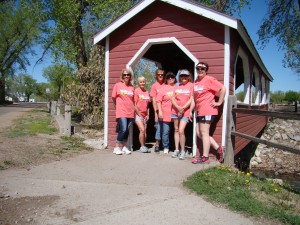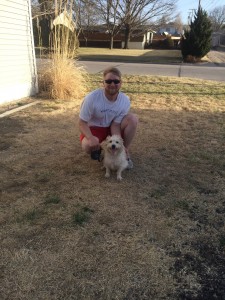Q: I am overwhelmed when shopping for meat, I don’t know which labels are important and which should I ignore? Help.
A: Consumers often are overwhelmed and confused by the number of choices offered in today’s meat case. In addition to choosing from different cuts, packaging types, weights, prices, consumers are faced with numerous marketing claims. All of these claims are designed to give the consumer more information about the product so they can make the purchasing decision that best suits their needs. Claims can typically be broken down into two categories; animal production and product claims. We will try to cover the first section this week and product claims next week. Animal production claims provide information about how the animal produced the product was raised. Some of these terms might include “Natural,” meaning the product must be minimally processed, cannot contain any artificial ingredients and cannot contain preservatives. The label must also include a statement clarifying the intended meaning such as “minimally processed.” Almost all fresh meat sold meets the requirements for the “natural” claim, including meats that have not been sliced, ground, frozen or cooked. The term “Naturally Raised” refers to how the animal was produced. Products labeled as “Naturally Raised” are required to be from animals raised entirely without growth promoting products, antibiotics, and never fed animal or fish by-products. However, animals are allowed to be vaccinated and given products to control parasites. Meat products labeled “certified organic” or “USDA organic” must be certified to have met all of the following requirements; been raised under organic management techniques from the last third of gestation (for poultry, since the second day of life); been fed 100% USDA organic grain or forage; never received growth promotants/implants/parasiticides/antibiotics; been given access to the outdoors for all livestock and access to pasture for cattle. Additionally, organic meat must be processed in a facility certified to process organic products and must be kept separate from non-organic meats. The USDA requires beef labeled as “Grass-Fed” to be from cattle whose diet, post weaning, was comprised entirely of forage from a pasture or harvested forage and that animals were given continuous access to pasture during the growing season. Almost all cattle are grass-fed for a majority of their lives. Following weaning, many cattle will remain on pasture consuming grass or other forages for an additional amount of time in order to increase weight prior to placement in a feedlot. In the U.S., the majority of cattle are placed in a feedlot and fed a balanced, high energy diet for the final 4-6 months of their lives. This diet often includes corn, soybeans, forage, and is fortified with vitamins and minerals required by the animals for proper health. The label claim “Free-range” or “Free-roaming” indicates the animal had access to an outdoor area during production. For poultry, these claims are regulated by the USDA and require the animals to have a daily access to an outdoor area. The outdoor area may be fenced and/or covered with a netting material for protection. The term is not regulated by the USDA for beef, pork, and lamb production. If the term is used, however, it must be limited to animals that were never confined to a feedlot. Products labeled “Cage-free” indicate that the animals were able to freely move around a large building, enclosure, or pasture without restriction and with access to food and fresh water throughout their production cycle. Almost all poultry, cattle and pigs used for meat production in the U.S. are raised “Cage-free.”




